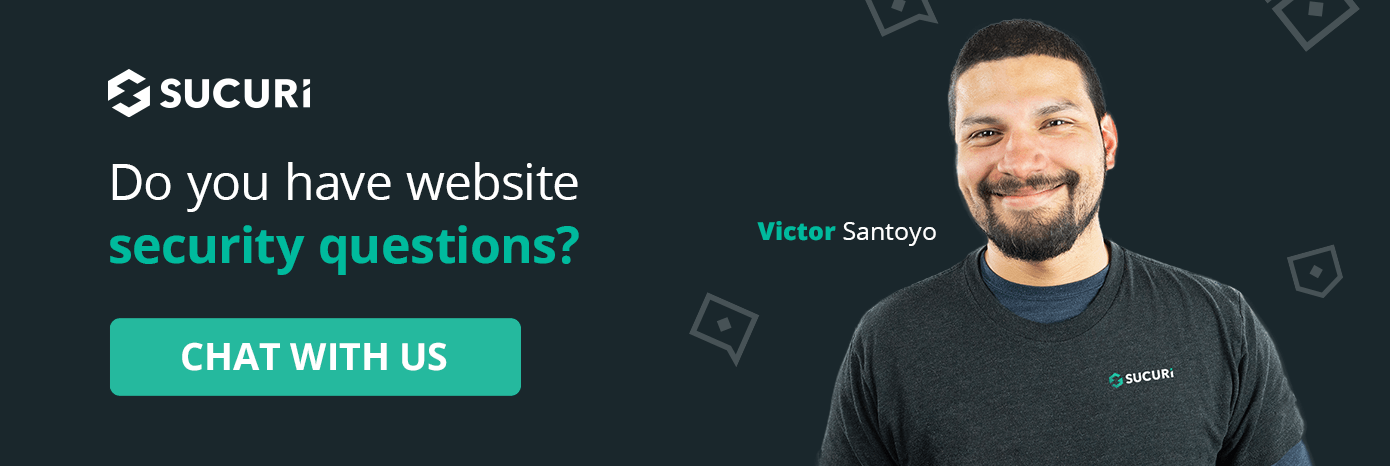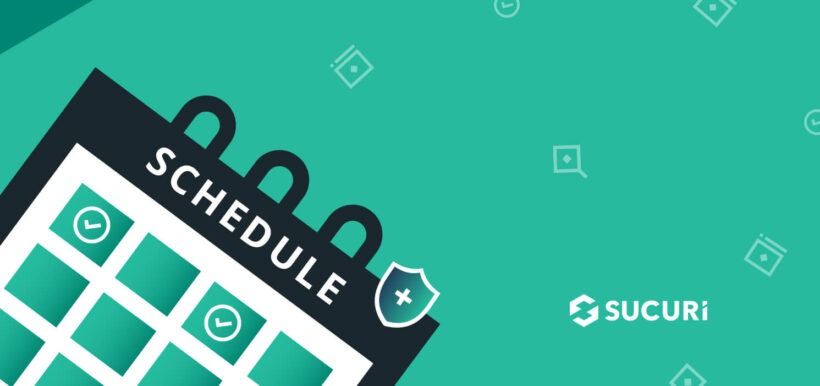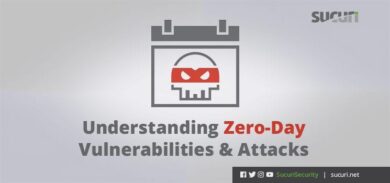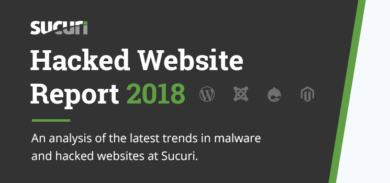As more things shift online it’s become continually necessary to perform regular maintenance to your website. With risks of downtime, errors, and attacks, all of these can overall heavily impact a website’s performance, traffic, and revenue. In this post, we’ll be discussing which aspects of your website you should be regularly reviewing and maintaining so you’re more prepared for any hurdles that may haphazardly appear.
Backups, backups, backups!
One of the most common frustrations I’ve encountered with website owners is them venting about not having any recent backups stored before their site experiencing downtime or an attack.
Some site owners may be storing a backup every few months, or weeks, but depending on how frequently you’re updating your website it’s preferred to make a copy daily around a timeframe of 90 days.
Depending on your budget, there are many services out there that can manage these for you instead of having to do it manually.
Stay on top of updates
Making sure your Content Management System (WordPress, Joomla, Magento, Drupal, etc.) is up-to-date will ensure vulnerabilities are patched, decreasing the risk of infections. This also applies to any themes, plugins, and extensions as well.
In the settings section, you should be able to set these to automatically update for you, but if you’re concerned an update may break the website then it may be best to set up alerts with a security plugin that notifies you of anything outdated for you.
It’s also important to note that some developers may, unfortunately, leave their creations in the dust, so be sure the ones you’re installing are actively managed.
Ensuring Optimal Performance
Maintaining good website optimization is the best way in ensuring your website is remaining a sense of relevancy on the web.
Within your hosting panel, you should be regularly looking at what’s processing in the back-end of your website, and if you’re seeing spikes in resource usage this is a good indicator something needs to be revised.
Depending on how many site visitors are regularly accessing your website, you should consider which tools are taking up a larger portion of resources and if they’re needed (or can be substituted for something less taxing on the hosting server).
Hiring a personal site administrator and/or developer can be very helpful for any site owner that doesn’t have enough time or experience in managing their website. For a smaller business that doesn’t have the budget in hiring one yet, there are plugins and services that you can still configure that’ll alleviate some of the burdens though.
Regularly visiting your website and ensuring no issues are loading certain pages and features is a good indicator to the average consumer that you stay on top of your site’s functionality, in return having a sense of trust in your business. Updates can sometimes unintentionally break something, so be sure to check for any broken links on the website every once in a while.
Occasionally making a test “purchase” or testing any contact forms for functionality will ensure there are no losses in potential revenue or customers. Also, improving or remaining in good standing with Search Engine Optimization (SEO) will be the most beneficial in terms of traffic and revenue.
Making frequent updates (blog posts, sales, product launches, etc.) will help in terms of your SEO ranking.
Every month or so it can be useful to test your website’s load time. On average, site visitors will leave a website if it takes around 3 seconds or longer to load. Luckily, there are many free tools to check if your website is below this threshold.
If your website has been optimized to the best of its ability and you’re still not noticing any significant changes in load time, however, it may be best to look into a Content Delivery Network (CDN) which reduces server load and functions as a geographically distributed network of proxy servers and data centers.
Managing website security
Staying on top of your website’s security should remain a top priority in terms of website maintenance. Having an ongoing security audit checklist will be a great initial step in staying on top and organized with the number of things needing to be managed.
Review network activity and/or have a Web Application Firewall (WAF) in place, detecting any malicious requests coming through. This is crucial as a preventative security measure.
Moderating comments can help prevent unnecessary spam from being injected into your site. Setting them up to be approved automatically can come with its risks. Be sure you’re also enforcing frequent password updates for any additional users managing your website. You’ll want to check user accounts every once in a while and be on the lookout for any of the following:
- Level of privileges
- Signs of inactivity
- Newly created accounts
In Conclusion
Overall, maintaining a good security presence with optimizable website performance are some of the main pillars of having a reputable website. An average site owner is sometimes not fully aware of all of the issues that may come into play when managing their website.
Staying on top of things with a checklist will not only help put things into a better visual perspective. This can also help alleviate some stress in determining when/who manages certain aspects of the site.
If you think you’re currently experiencing an attack please don’t hesitate to have one of our technicians amend it for you. We’re here to not only clean up websites but protect them moving forward as well.











